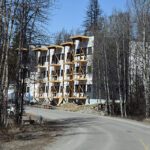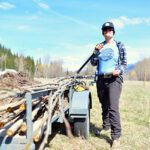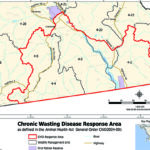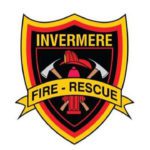Home »
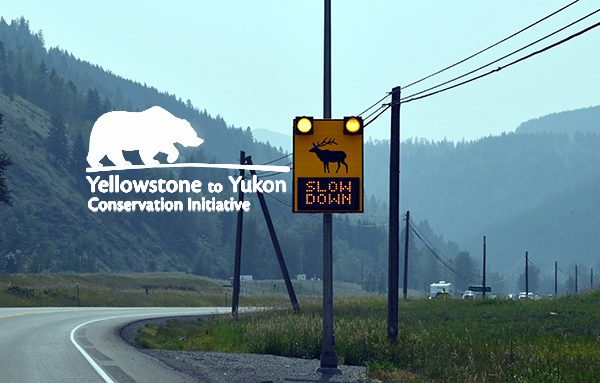
Reconnecting the Rockies project takes step ahead
News of provincial investment to improve wildlife connectivity reason to celebrate: Conservation groups
Y2Y is among the partners in the Reconnecting the Rockies road ecology project in southeast British Columbia (B.C.) who applaud the B.C. government’s decision to build wildlife exclusion fencing along four kilometres of Highway 3 east of Sparwood.
This fencing is a component of the Reconnecting the Rockies project in the East Kootenay, which will see the creation of nine wildlife crossing structures (underpasses and overpasses) along Highway 3, all linked together with 27 km of fencing.
The project aims to reduce wildlife-vehicle collisions while improving wildlife habitat connectivity across the Yellowstone to Yukon region.
“Fencing is an essential part of any wildlife crossing project’s success. It helps guide wildlife to safe crossing points and keeps them off roads. Given the growing number of wildlife-vehicle collisions in the Elk Valley, and the rapid return on investment for these kinds of projects, this is a wise investment, and we applaud the Province of B.C.,” said Candace Batycki of the Yellowstone to Yukon Conservation Initiative (Y2Y).
With up to 200 large mammal wildlife-vehicle collisions a year between Hosmer and the Alberta border, this is a solution to an urgent issue. The Reconnecting the Rockies project location includes four of the top eight spots where collisions between vehicles and wildlife happen in B.C.
Other partners on this project include Biodiversity Pathways, Wildsight and Miistakis Institute.
“Southeast B.C. is home to spectacular wildlife habitat that supports sheep, elk, grizzly bears, wolverines, and other wildlife that all move through these landscapes,” said Dr. Clayton Lamb of Biodiversity Pathways.
“Wildlife species thrive when they can move freely and safely across the landscape, staying connected to each other. Highways make it harder for them to move, leaving them with the choice to attempt the crossing and risk injury or death, or choose not to cross at all. Here we’re working to make highways safer for people and wildlife.”
Not only will the fencing and crossing structures help wildlife move, they will also contribute to drivers’ peace of mind when travelling this busy route through the mountains.
Construction is planned to start in late August, with completion scheduled for early fall 2022.
According to the B.C. government, property damage and injuries related to wildlife-vehicle collisions province-wide cost up to $25 million every year. Wildlife crossing structures and fencing are proven to be cost-effective, paying for themselves in as little as ten years through fewer collisions, injuries and emergency responder time, while protecting iconic wildlife.
There is widespread support for wildlife crossings in communities. Polling by Nanos Research conducted in 2021 shows 84 percent of British Columbians support building additional wildlife crossings and fencing to reduce wildlife-vehicle collisions and protect wildlife connectivity.
e-KNOW file photo
Yellowstone to Yukon Conservation Initiative


